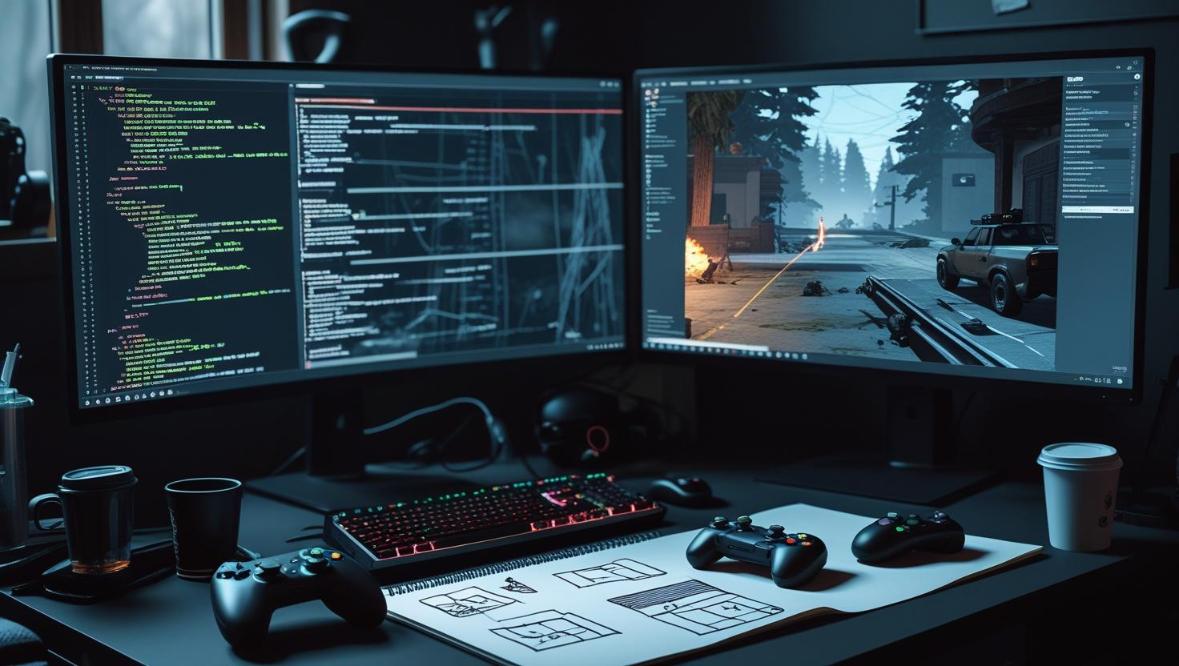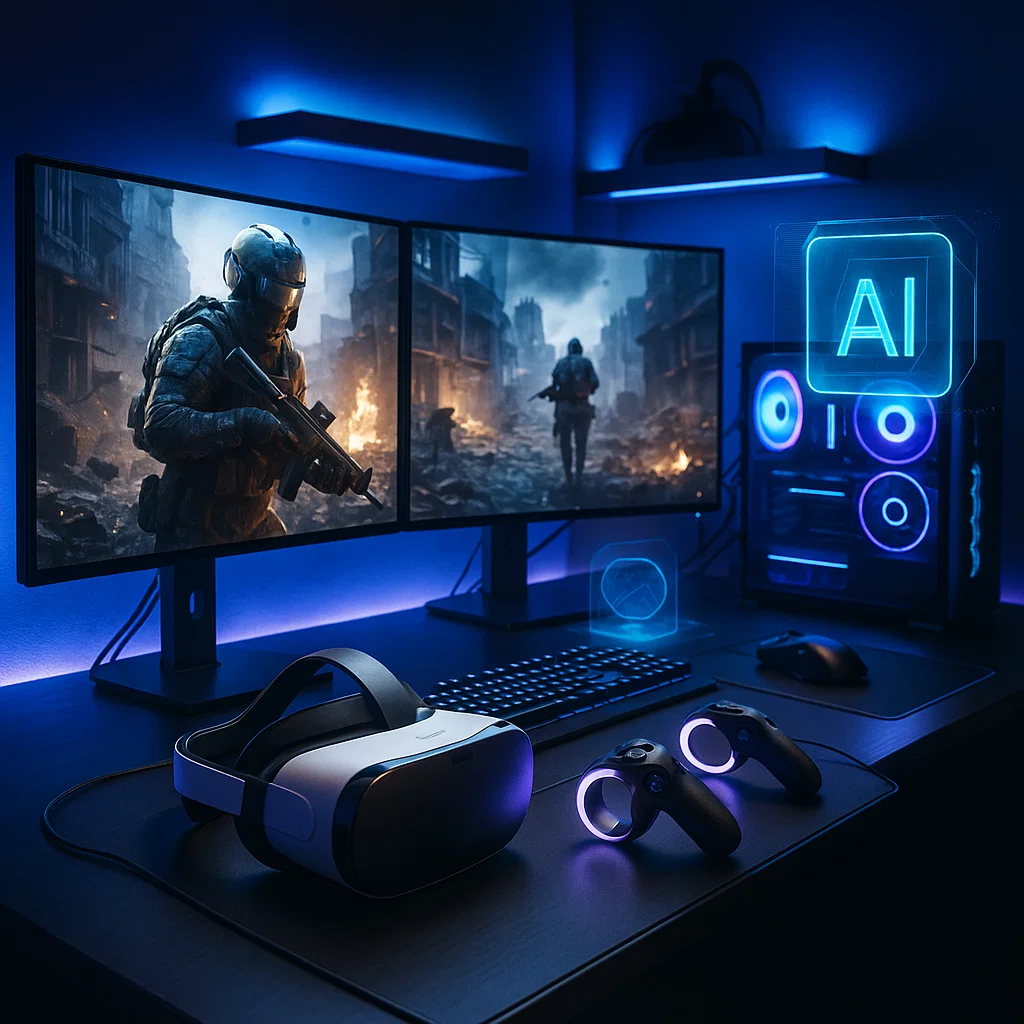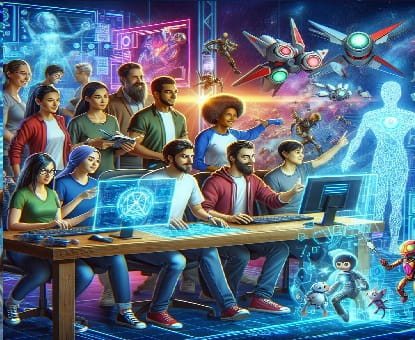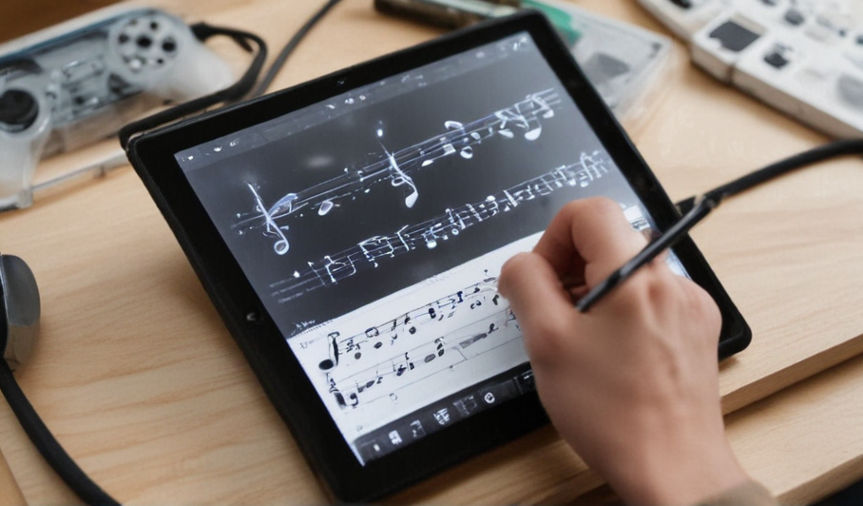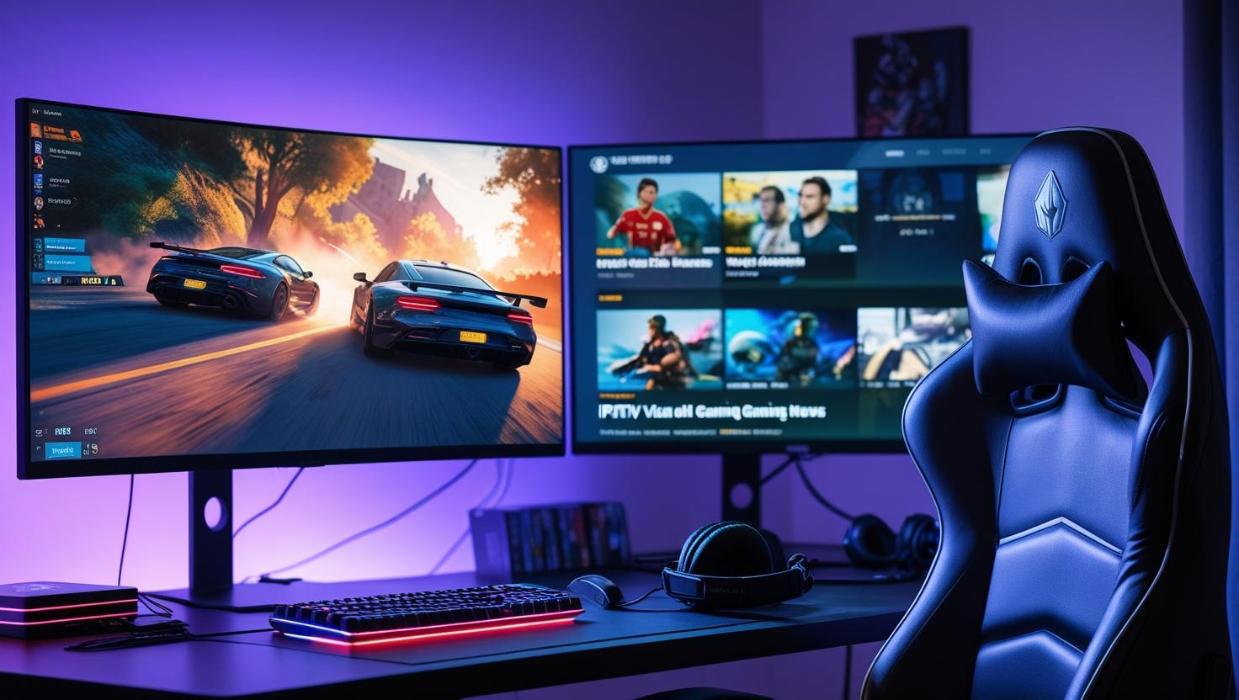
Technology keeps changing the way we experience entertainment, and gaming is no exception. Amazing graphics, quick controls, and vast online libraries have become our standard. standard.
IPTV is a new technology that is silently making gaming experiences even better. People used to think of Internet Protocol Television as something for people who binge-watch or are really into sports, but now it’s becoming a part of regular gameplay.
The next five aspects explain how IPTV takes gaming to a whole new level beyond just playing it.
Instant Access to Gaming News and Livestreams
With IPTV giving you access to hundreds of specialist channels, players can go right to news, patch updates, and hands-on reviews without having to use another device. Whether a studio suddenly shows a trailer or a fan festival comes on, anyone who is watching learns the plot while sitting in their living room.
Seamless Esports Viewing Integration
IPTV makes it easier than ever to watch your favorite teams and big events as esports garner bigger fans. Most providers now offer specific esports feeds or pipe in Twitch-style streams, so a 4K TV at home shows live battles in the same clear detail as a console game.
Before, gamers had to switch between tabs or wires, but now they can lean back, watch in real time, and even change angles in the middle of a match with a quick push of the remote.
A Multi-Screen Setup for Full Immersion
A lot of serious gamers buy two screens, and IPTV can easily take over one of thosBy watching gameplay walkthroughs, live Let’s Plays, or ambient game music on the second panel, players can stay focused without having to minimize windows or lose focus.ond panel.
ALSO READ: Thrill of Installing Rush Aimbot when Playing Video Games
Content Discovery Tailored to Gamers
Smart recommendation systems that learn how people watch TV are included with modern IPTV packages. For gamers, this means instant links to related programs, animated shorts, or in-depth documentaries that help them learn more about the stories and cultures of their favorite games without getting up from the sofa.
Viewing Options That Are Good for Families and Friends
A lot of the time, playing games becomes a communal event, and IPTV fits that mood nicely. A group of pals can watch a live feed of a co-op session, and parents can switch the main screen from furious action to kid-friendly cartoons in seconds, giving everyone in the house both active and passive enjoyment.
In conclusion
IPTV is changing the way people play games, but not by changing the games themselves. Instead, it is changing the area around them. IPTV is much more than regular TV because it lets you watch shows instantly and use a second screen without any problems. For gamers, it quickly becomes another must-have tool for even more pleasure.

